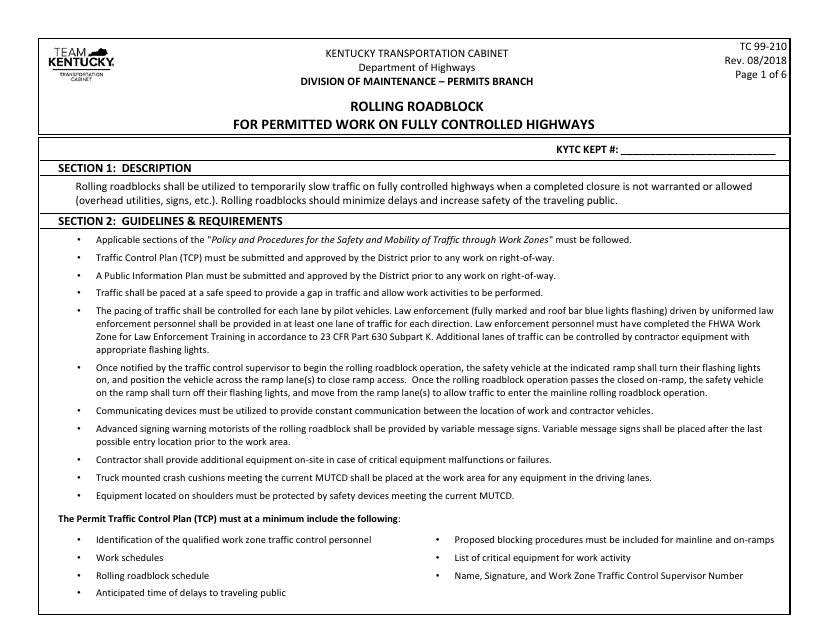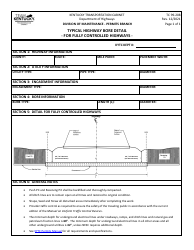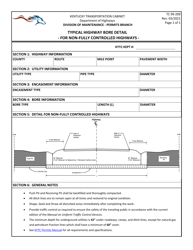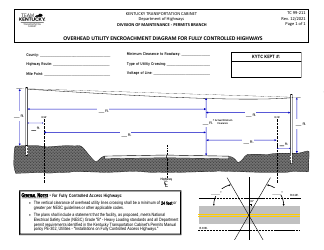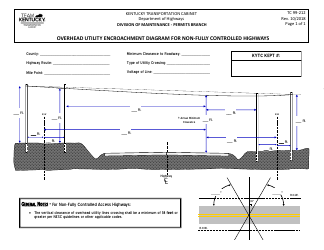Form TC99-210 Rolling Roadblock for Permitted Work on Fully Controlled Highways - Kentucky
What Is Form TC99-210?
This is a legal form that was released by the Kentucky Transportation Cabinet - a government authority operating within Kentucky. As of today, no separate filing guidelines for the form are provided by the issuing department.
FAQ
Q: What is the form TC99-210?
A: Form TC99-210 is the Rolling Roadblock for Permitted Work on Fully Controlled Highways in Kentucky.
Q: What is a Rolling Roadblock?
A: A Rolling Roadblock is a traffic control technique used to temporarily stop or slow down traffic on a highway to ensure the safety of workers or the public during permitted work.
Q: When is the Rolling Roadblock used?
A: The Rolling Roadblock is used during permitted work on fully controlled highways in Kentucky.
Q: Why is the Rolling Roadblock needed?
A: The Rolling Roadblock is needed to protect workers and the public by controlling traffic during construction or maintenance activities on highways.
Q: Who can use the form TC99-210?
A: The form TC99-210 can be used by contractors or individuals who are conducting permitted work on fully controlled highways in Kentucky.
Q: Are there any specific guidelines for using the Rolling Roadblock?
A: Yes, there are specific guidelines and requirements outlined in the form TC99-210 that must be followed when implementing a Rolling Roadblock.
Q: Is a permit required to use the Rolling Roadblock?
A: Yes, a permit is required to use the Rolling Roadblock for permitted work on fully controlled highways in Kentucky. The permit is obtained from the Kentucky Transportation Cabinet.
Q: What is a fully controlled highway?
A: A fully controlled highway is a road or highway that is completely owned and controlled by a governmental entity, typically a state or federal agency.
Form Details:
- Released on August 1, 2018;
- The latest edition provided by the Kentucky Transportation Cabinet;
- Easy to use and ready to print;
- Quick to customize;
- Compatible with most PDF-viewing applications;
- Fill out the form in our online filing application.
Download a printable version of Form TC99-210 by clicking the link below or browse more documents and templates provided by the Kentucky Transportation Cabinet.
